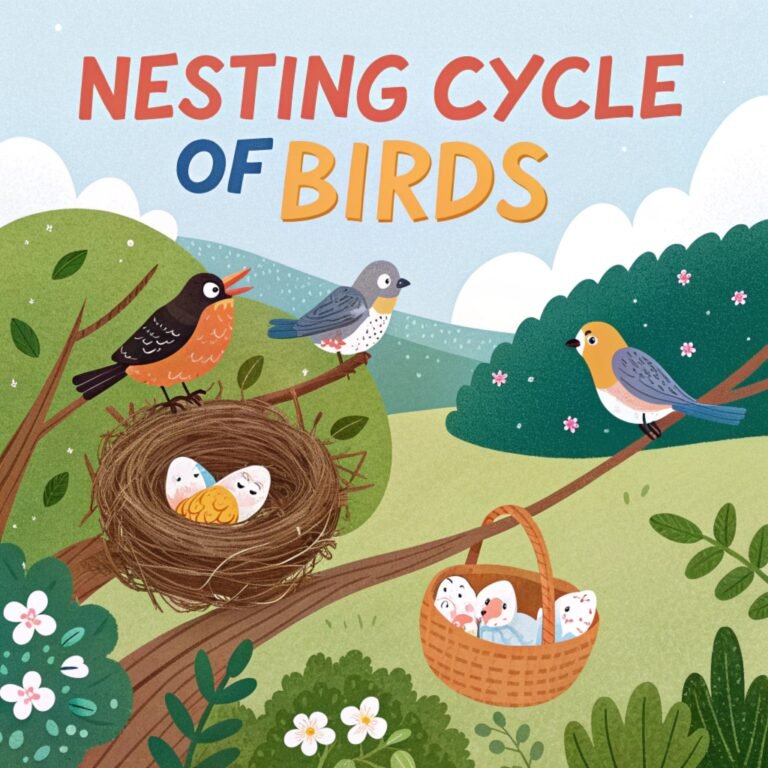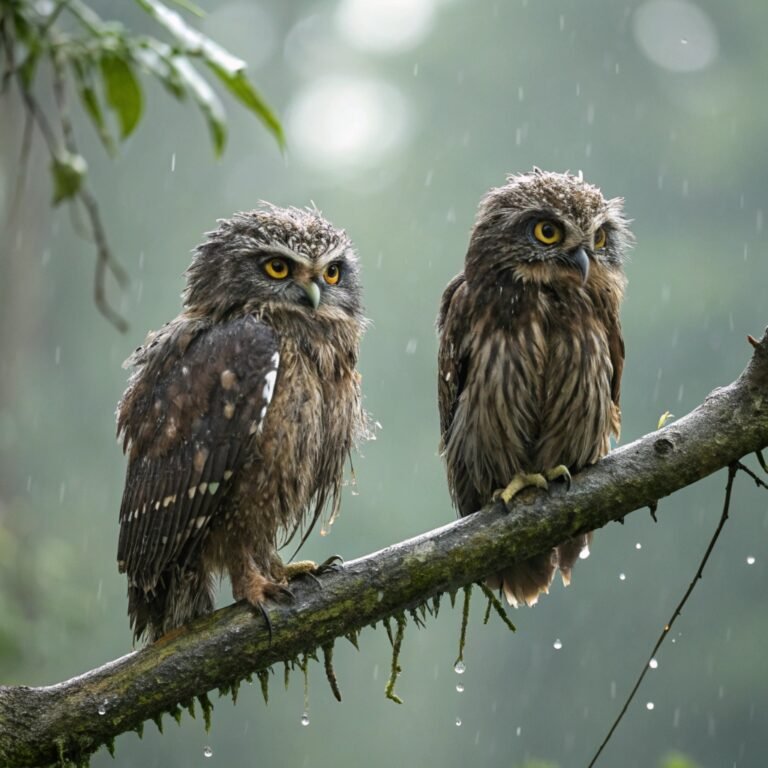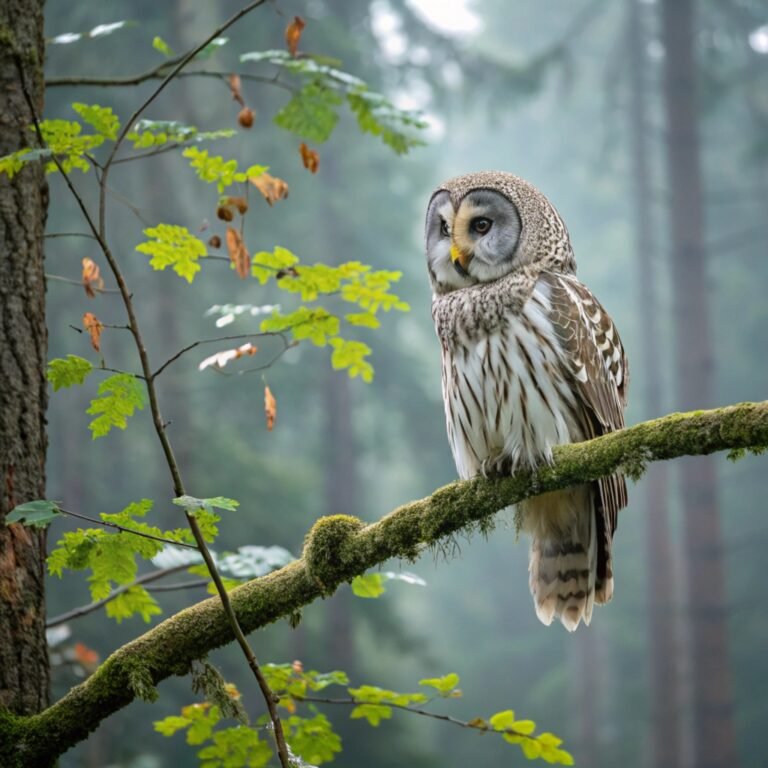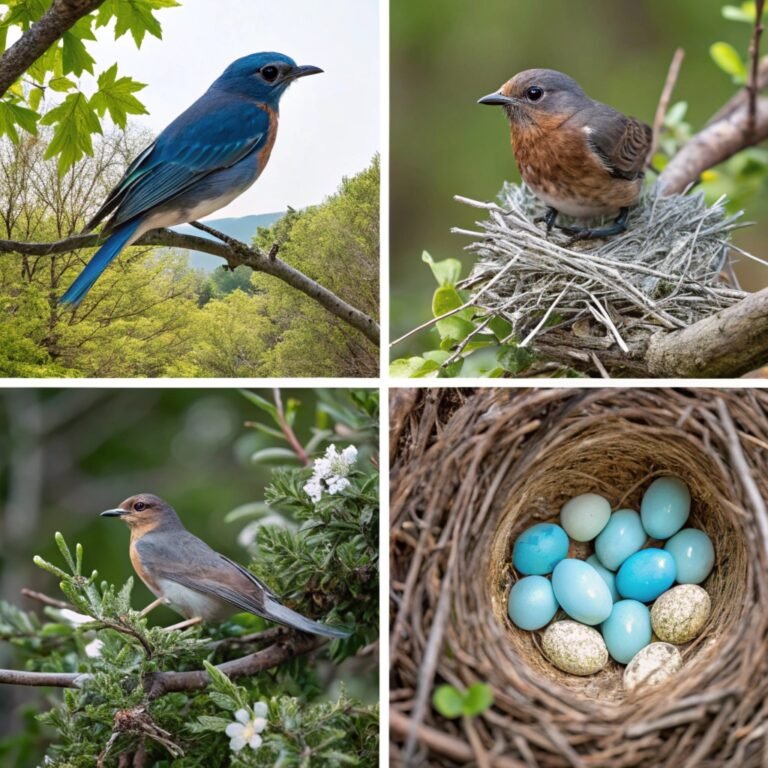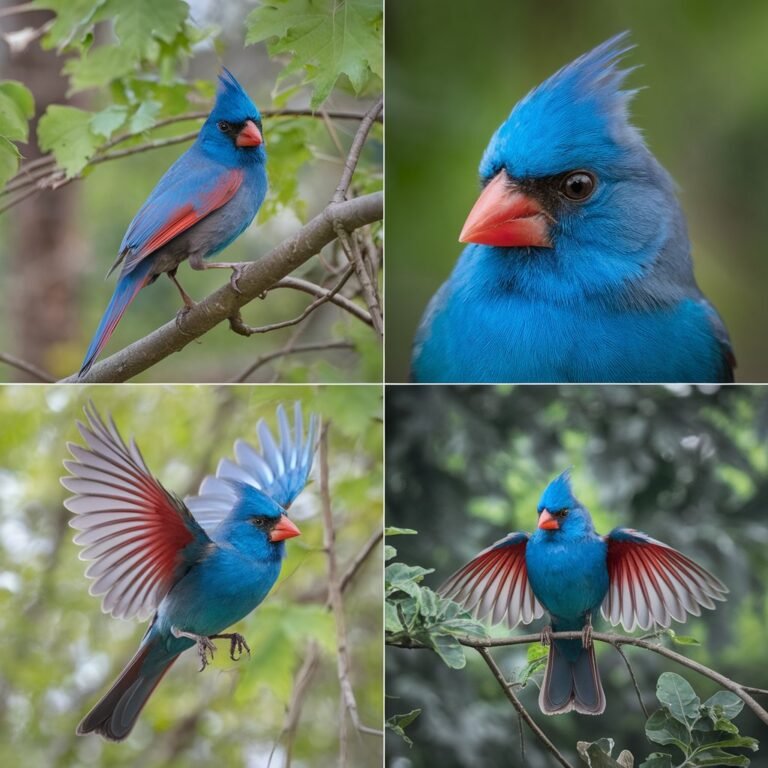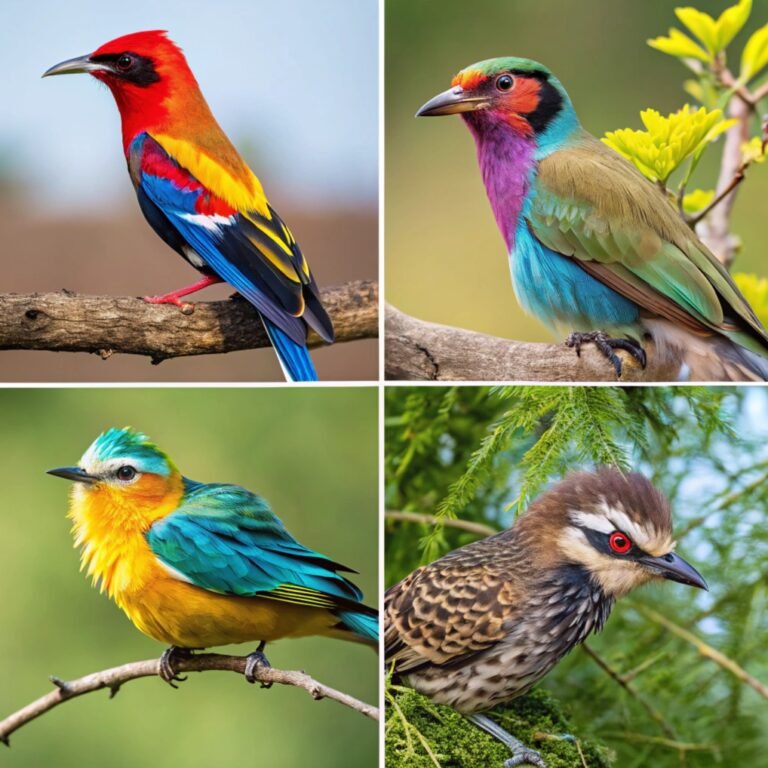19 Orange Belly Bird Species of the World: The Ultimate Symbol of Warmth and Sunshine
The world of birds is a vibrant tapestry of colors, and among the most eye-catching are those with orange bellies.
These stunning creatures not only capture our attention but also symbolize warmth and sunshine in the avian world. From the forests of North America to the tropical paradises of Asia, orange-bellied birds add a splash of color to diverse ecosystems.
In this comprehensive guide, we’ll explore 19 remarkable orange belly bird species from around the globe, delving into their unique characteristics, habitats, and behaviors.
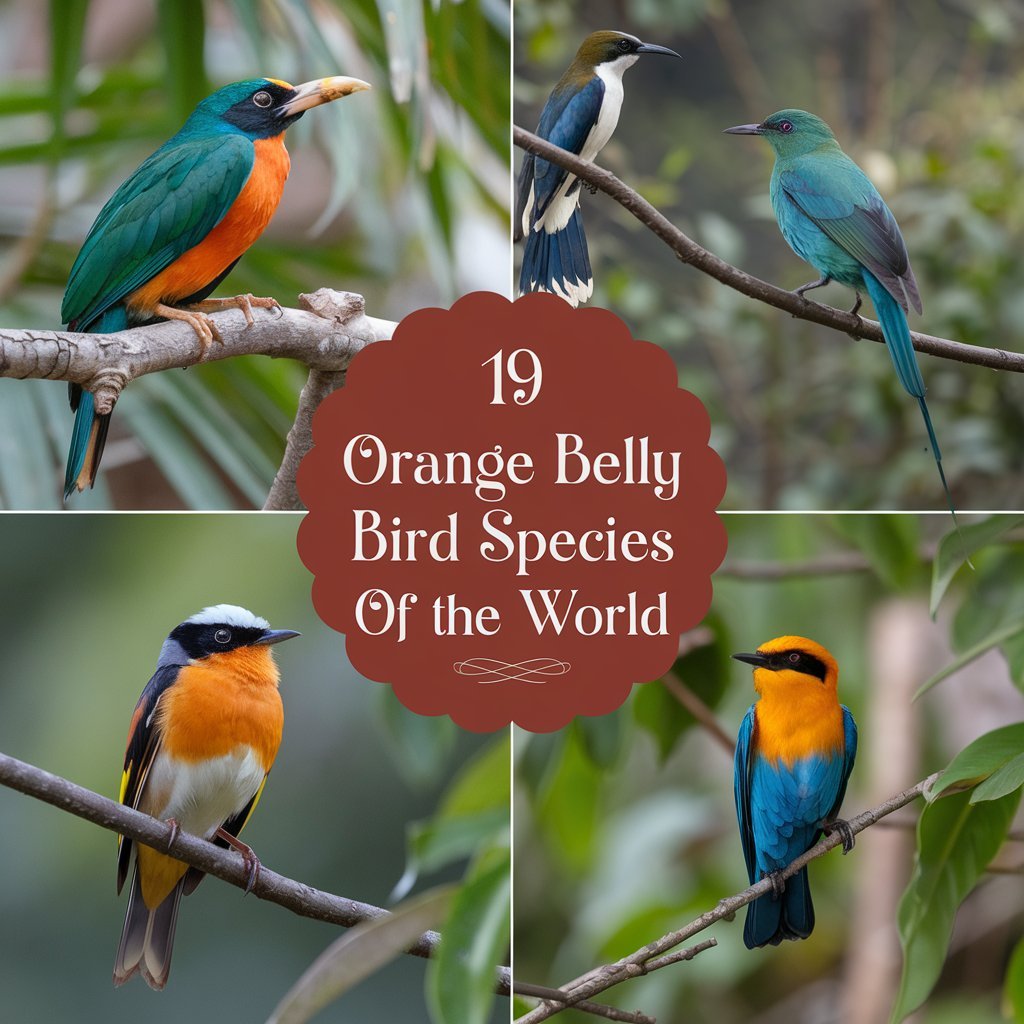
Key Takeaways
- Orange-bellied birds are found across various continents and habitats, from North America to Asia.
- These species often exhibit sexual dimorphism, with males typically displaying more vibrant orange coloration.
- Many orange-bellied birds are migratory, traveling long distances between breeding and wintering grounds.
- The orange coloration in these birds serves various purposes, including mate attraction and camouflage.
- Some orange-bellied bird species are critically endangered, facing threats from habitat loss and climate change.
- Conservation efforts are crucial for protecting these colorful avian species and their ecosystems.
- Orange-bellied birds play important roles in their ecosystems as pollinators and seed dispersers.
- Birdwatching enthusiasts often seek out these vibrant species for their striking appearance and unique behaviors.
- The diet of orange-bellied birds varies widely, ranging from insects to fruits and nectar.
- Many of these species have distinctive vocalizations that add to their charm and help with identification.
- Habitat preservation is key to ensuring the survival of orange-bellied bird populations worldwide.
- Some orange-bellied birds have cultural significance in various regions, appearing in folklore and art.
- Climate change poses a significant threat to many orange-bellied bird species, affecting their migration patterns and breeding habits.
- Citizen science projects play a crucial role in monitoring and protecting orange-bellied bird populations.
- The study of orange-bellied birds contributes to our understanding of avian evolution and adaptation.
1. American Robin (Turdus migratorius)
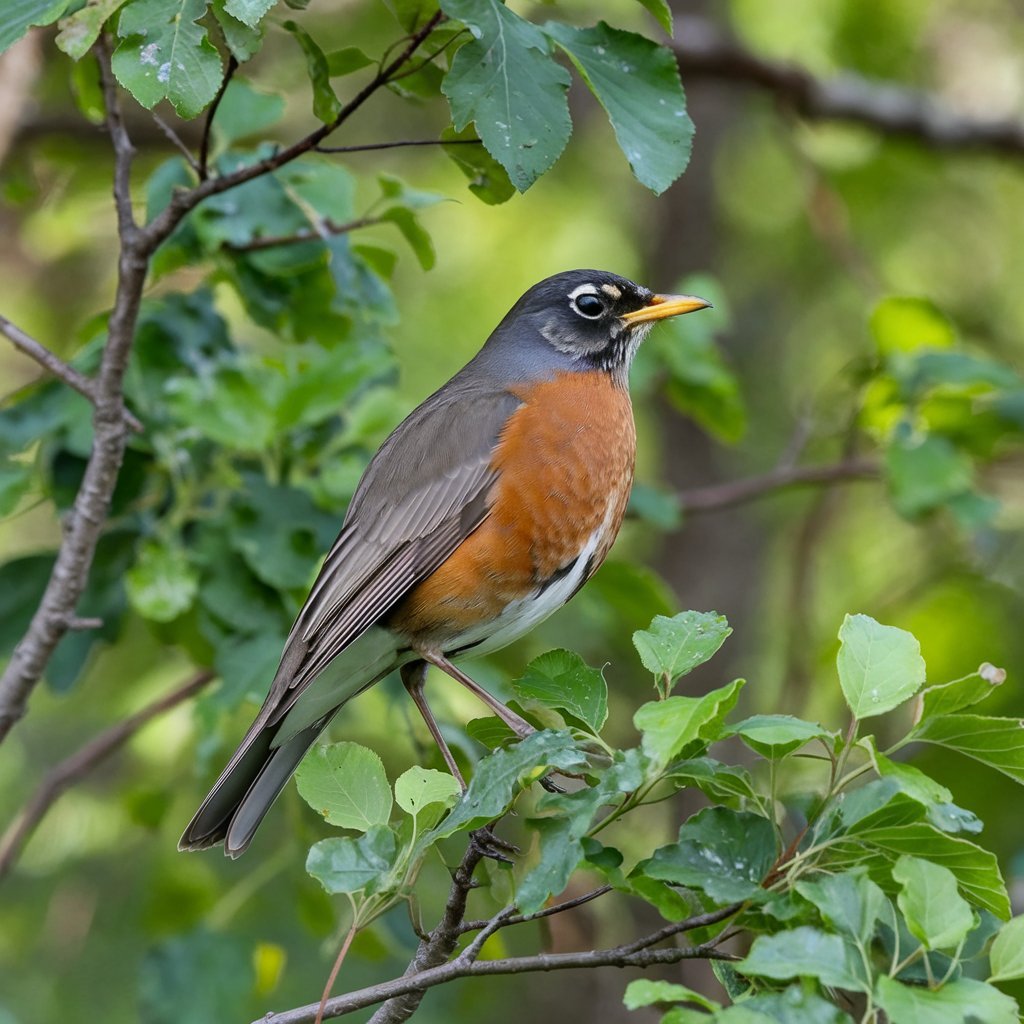
The American Robin is one of the most recognizable birds in North America, known for its bright orange belly and cheerful song. These birds are often seen hopping across lawns in search of worms and insects. While not exclusively orange-bellied, their rusty-orange breast and lower belly make them a standout in this category.
American Robins are highly adaptable and can be found in a variety of habitats, from suburban gardens to forests. They are known for their distinctive song, a series of clear whistles described as “cheerily, cheer up, cheer up, cheerily, cheer up.” These birds play a crucial role in seed dispersal and are often considered harbingers of spring in many parts of North America.
2. Baltimore Oriole (Icterus galbula)
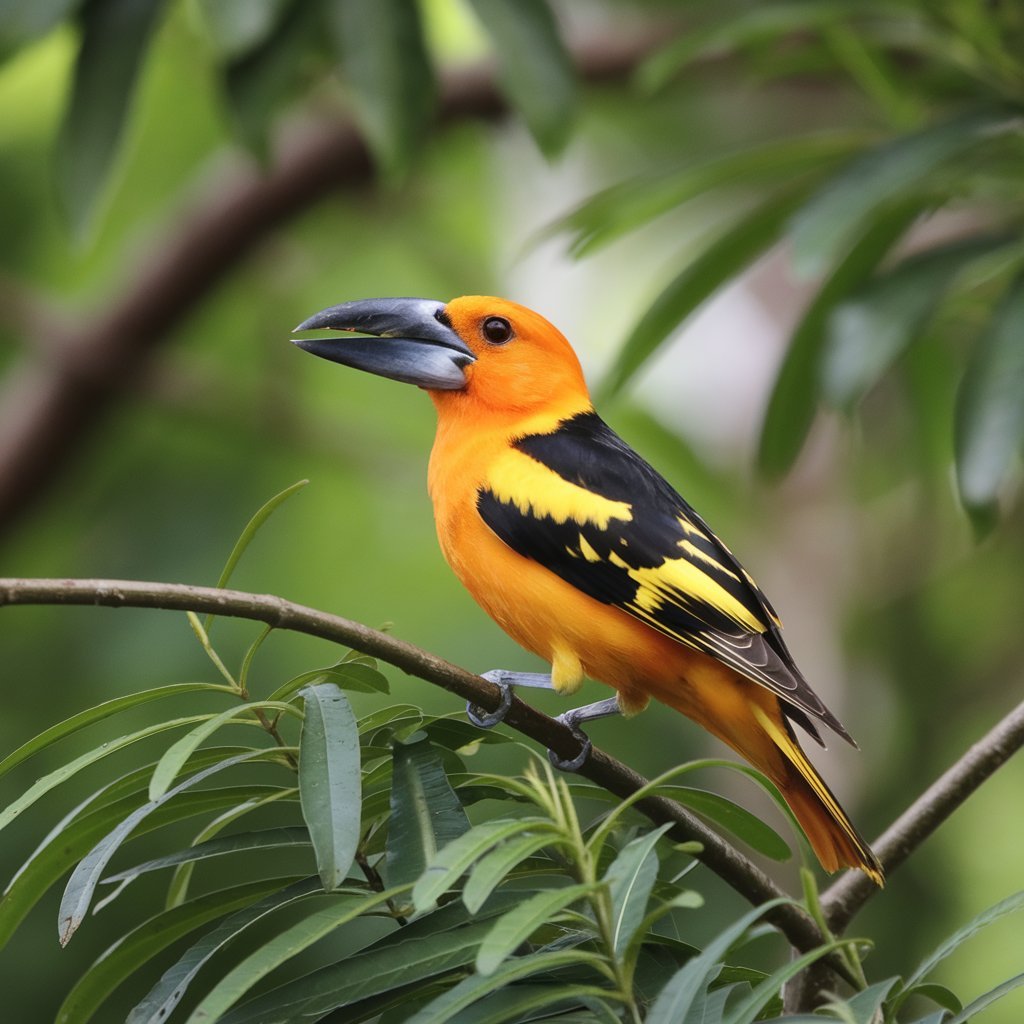
The Baltimore Oriole is a striking bird with a bright orange belly and black head and wings. Males are particularly vibrant, while females have a more subdued yellowish-orange coloration. These birds are known for their distinctive hanging nests and their preference for high treetops.
Baltimore Orioles are migratory birds, spending their summers in eastern and central North America and wintering in Central America and the Caribbean. They have a sweet tooth and are often attracted to backyard feeders offering fruit or nectar. Their flute-like song is a welcome sound in many gardens and parks during the spring and summer months.
3. Bullock’s Oriole (Icterus bullockii)
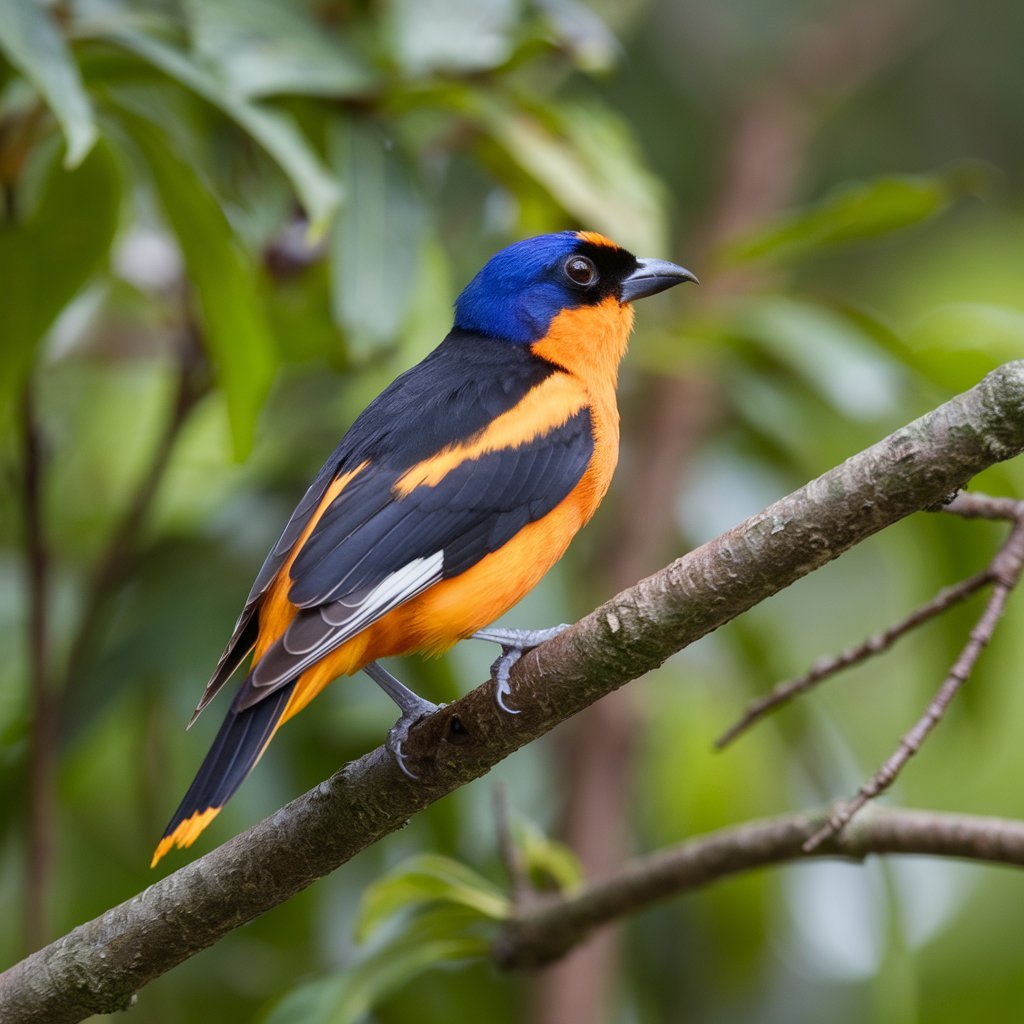
The Bullock’s Oriole is a western counterpart to the Baltimore Oriole, featuring a similar orange and black plumage. Males have a distinctive black line through the eye and an orange face, while females are more yellowish with grayish backs. These birds are slightly smaller than their eastern relatives but share many similar behaviors.
Bullock’s Orioles are found in open woodlands and along rivers in western North America. They are skilled weavers, creating intricate hanging nests similar to those of Baltimore Orioles. Their diet consists of insects, fruits, and nectar, making them important pollinators in their ecosystems.
4. Orchard Oriole (Icterus spurius)
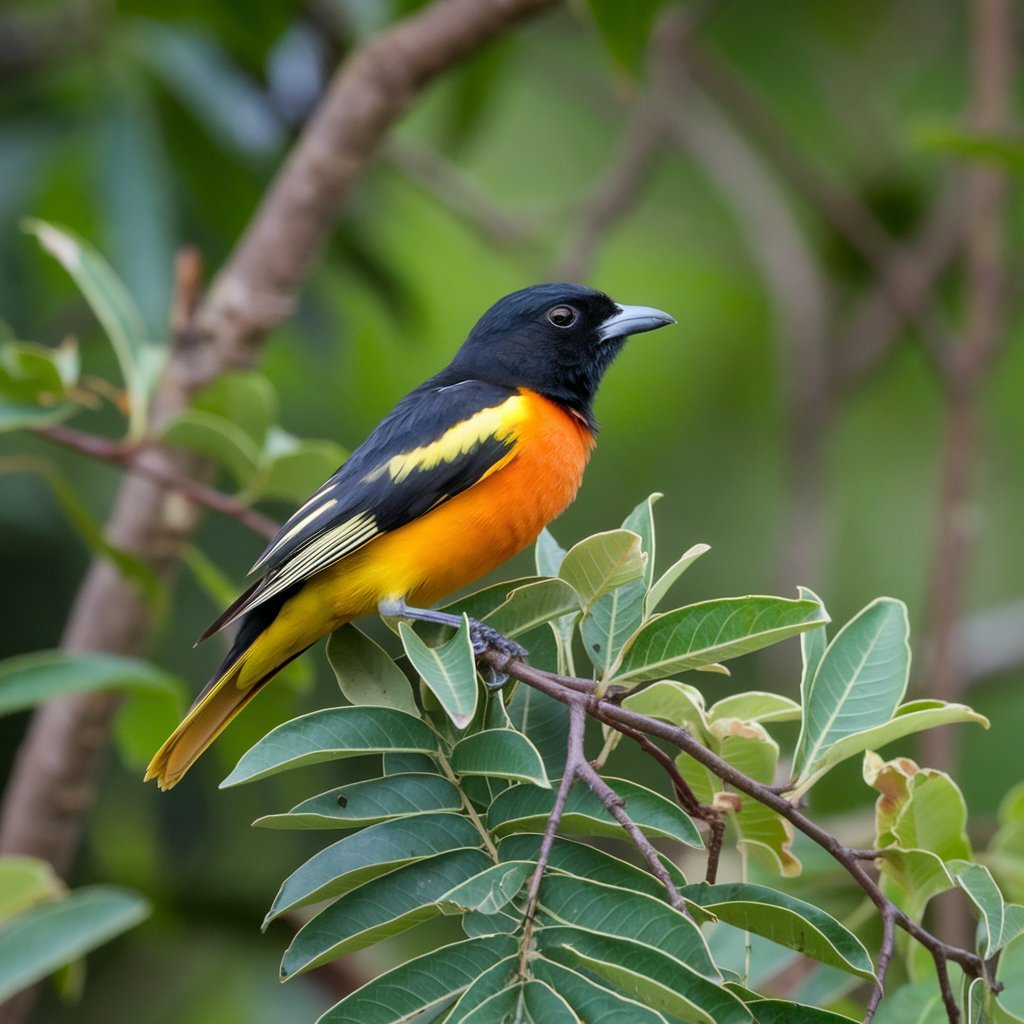
The Orchard Oriole is the smallest North American oriole species, with males sporting a deep orange-chestnut belly and black head and back. Females and immature males are yellowish-green, making identification sometimes challenging. These birds are often found in open woodlands and along the edges of forests.
Orchard Orioles are migratory, breeding in eastern and central North America and wintering in Central America and northern South America. They have a sweet, whistling song and are known for their acrobatic feeding habits, often hanging upside down to reach insects and nectar from flowers.
5. Painted Bunting (Passerina ciris)
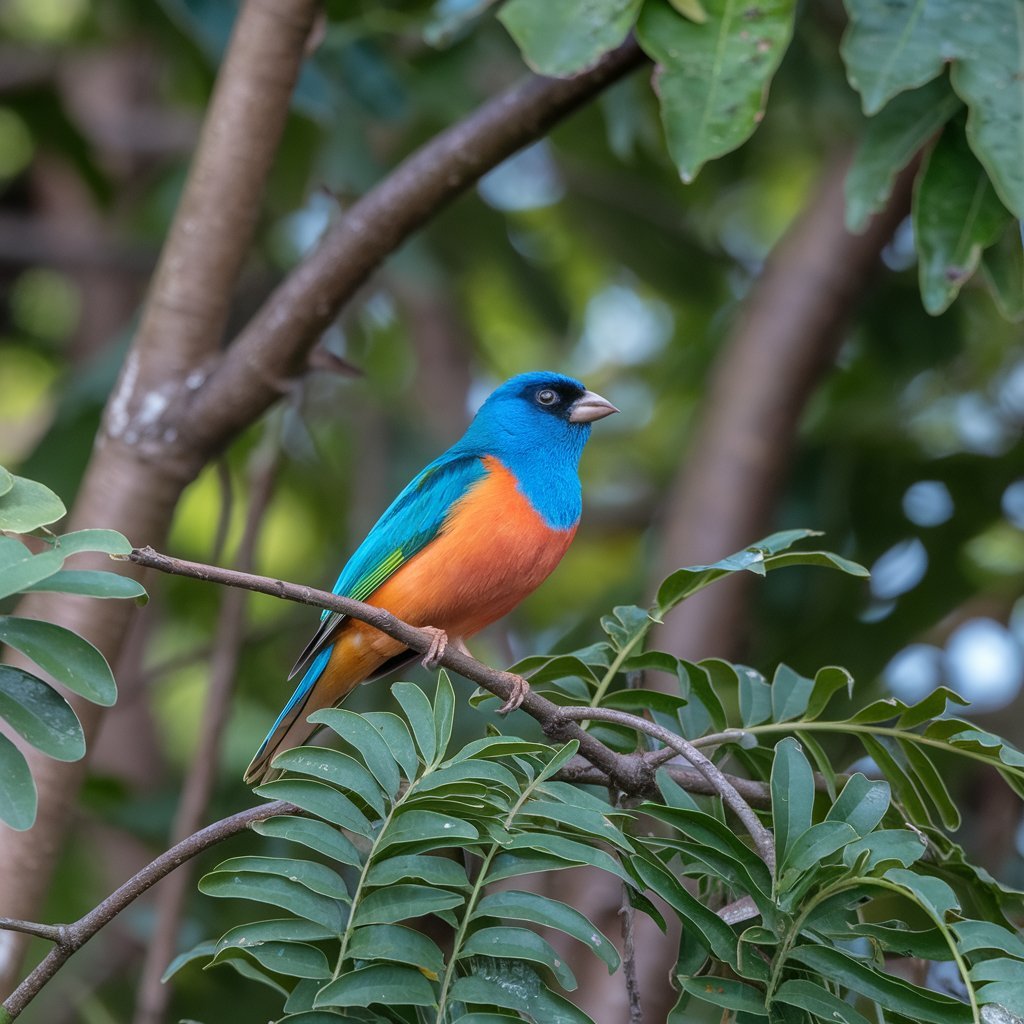
The Painted Bunting is often described as one of the most colorful birds in North America. Males have a vibrant orange belly, blue head, and green back, creating a stunning rainbow effect. Females are a more subdued green color. These birds are found in the southern United States and parts of Central America.
Painted Buntings prefer shrubby areas and woodland edges. They are seed eaters but also consume insects during the breeding season. Despite their bright colors, these birds can be surprisingly elusive, often hiding in dense vegetation. Their sweet, warbling song is a treat for those lucky enough to hear it.
6. Orange-bellied Leafbird (Chloropsis hardwickii)
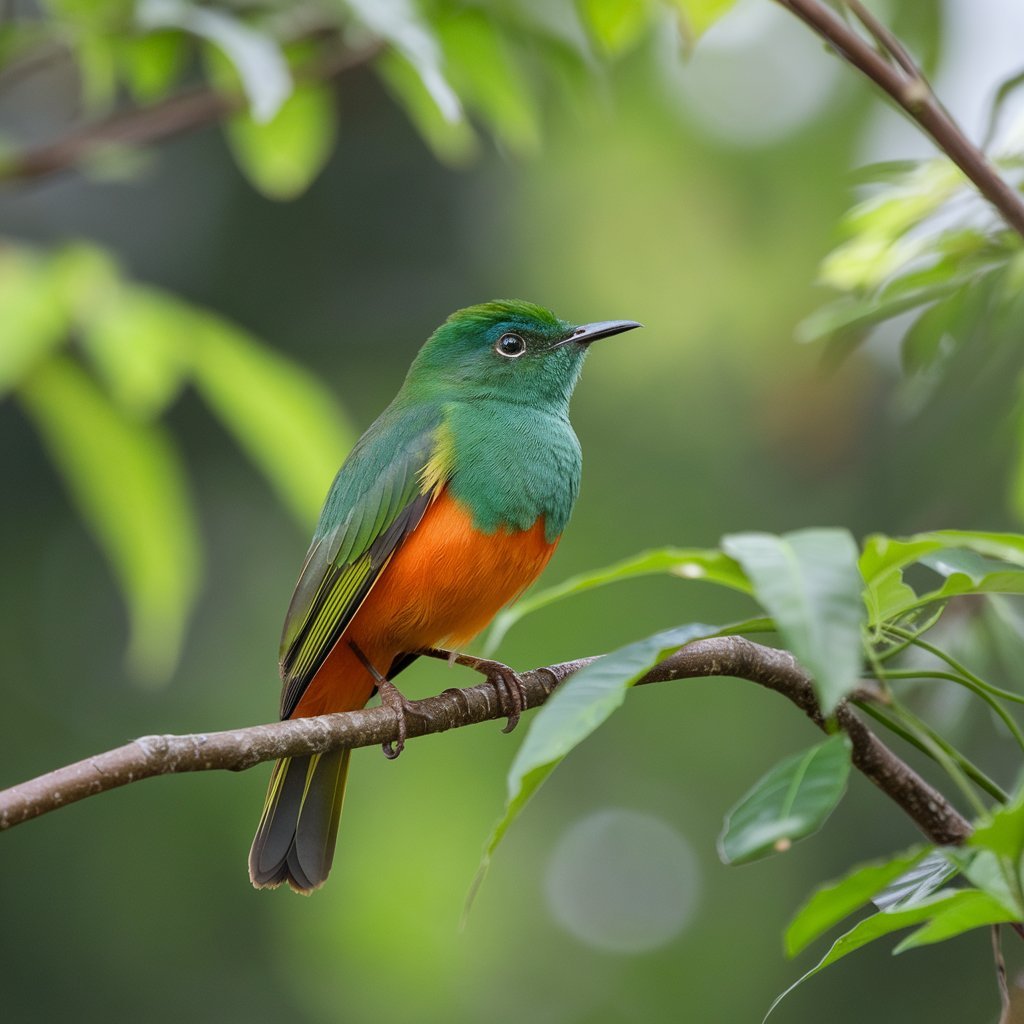
The Orange-bellied Leafbird is a stunning bird found in the forests of South and Southeast Asia. Males have a bright orange belly, blue face, and green body, while females are mostly green with a smaller orange patch. These birds are known for their acrobatic feeding habits and their ability to mimic other bird calls.
Orange-bellied Leafbirds are arboreal, spending most of their time in the canopy of tropical and subtropical forests. They feed on insects, fruits, and nectar, playing an important role in pollination and seed dispersal. Their melodious songs and calls add to the rich soundscape of Asian forests.
7. Orange-bellied Parrot (Neophema chrysogaster)
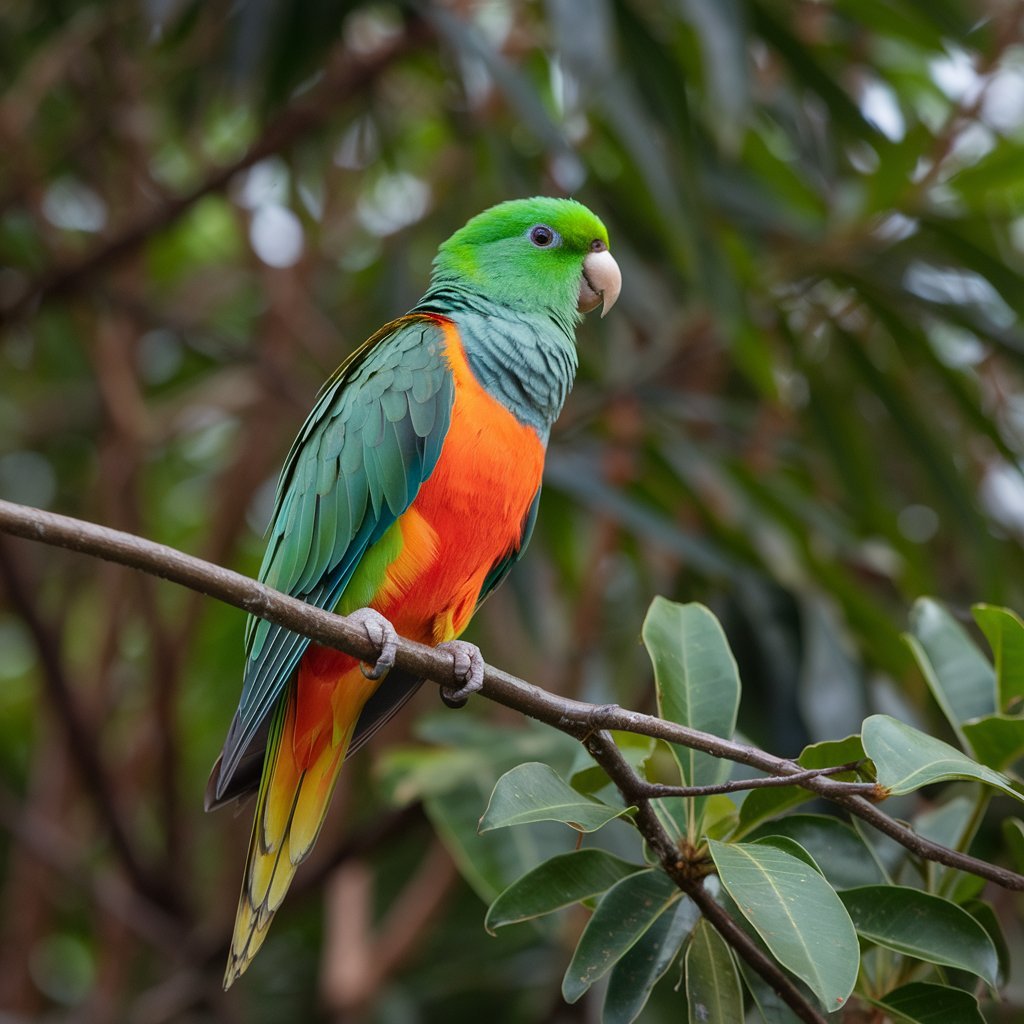
The Orange-bellied Parrot is a critically endangered species native to Australia. These small parrots have a distinctive orange patch on their lower belly, with the rest of their body being mostly green. They are one of only three migratory parrot species in the world.
Orange-bellied Parrots breed in Tasmania and migrate to the southern coast of mainland Australia for the winter. Their population has declined dramatically due to habitat loss and introduced predators. Intensive conservation efforts are underway to save this species from extinction, including captive breeding programs and habitat restoration projects.
8. Flame Robin (Petroica phoenicea)
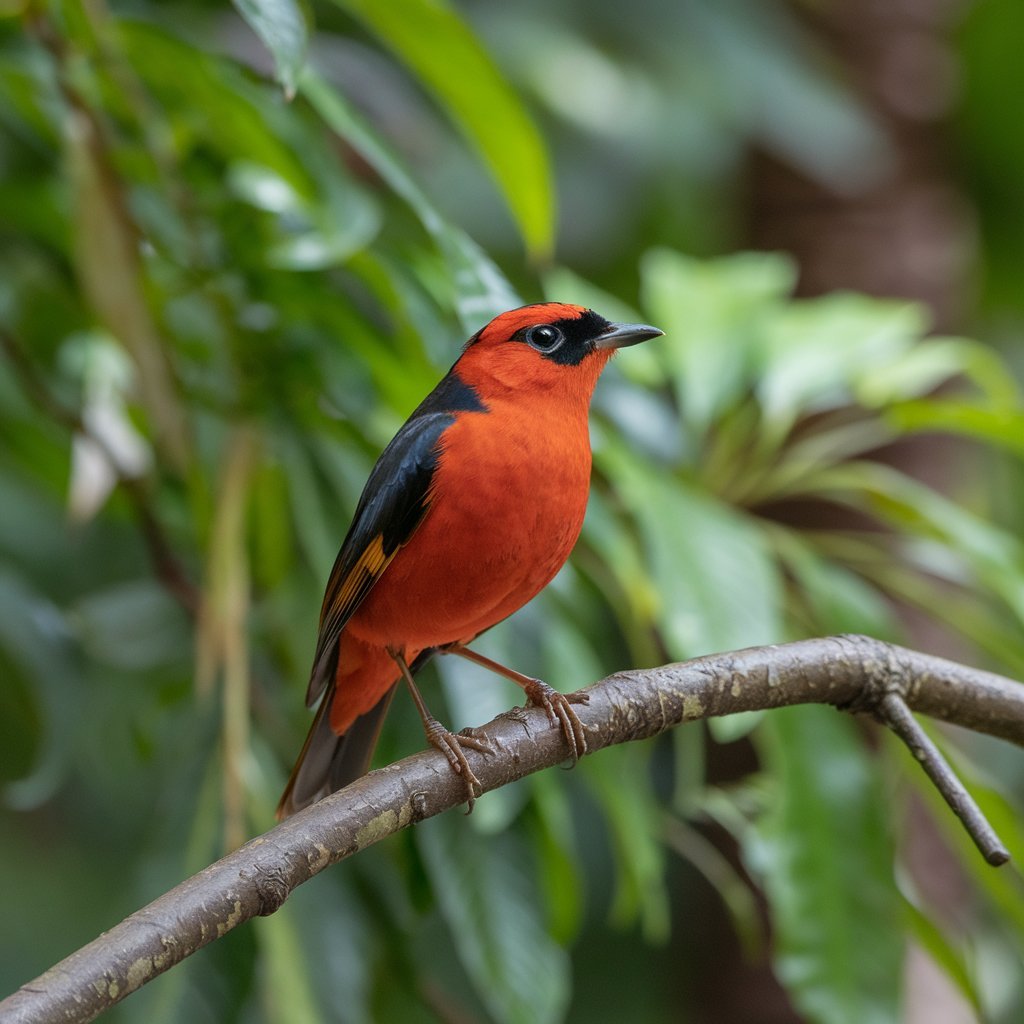
The Flame Robin is a small passerine bird native to southeastern Australia. Males have a bright orange-red breast and belly, contrasting sharply with their dark gray upper parts. Females are more subdued in color, with a pale orange-buff breast.
These birds are found in open forests and woodlands, often perching conspicuously on low branches or fence posts. Flame Robins are altitudinal migrants, moving to lower elevations during the winter months. They feed primarily on insects, which they catch in short flights from their perches.
9. Vermilion Flycatcher (Pyrocephalus rubinus)

The Vermilion Flycatcher is a small but striking bird found in the southwestern United States and parts of Central and South America. Males have a brilliant red-orange belly and head, contrasting with their dark brown wings and tail. Females are more subdued, with a pale underside and salmon-pink lower belly.
These birds prefer open habitats near water, such as desert streams or agricultural areas. They are active flycatchers, sallying out from perches to catch insects in mid-air. Their bright coloration and bold behavior make them a favorite among birdwatchers in their range.
10. Orange-bellied Flowerpecker (Dicaeum trigonostigma)
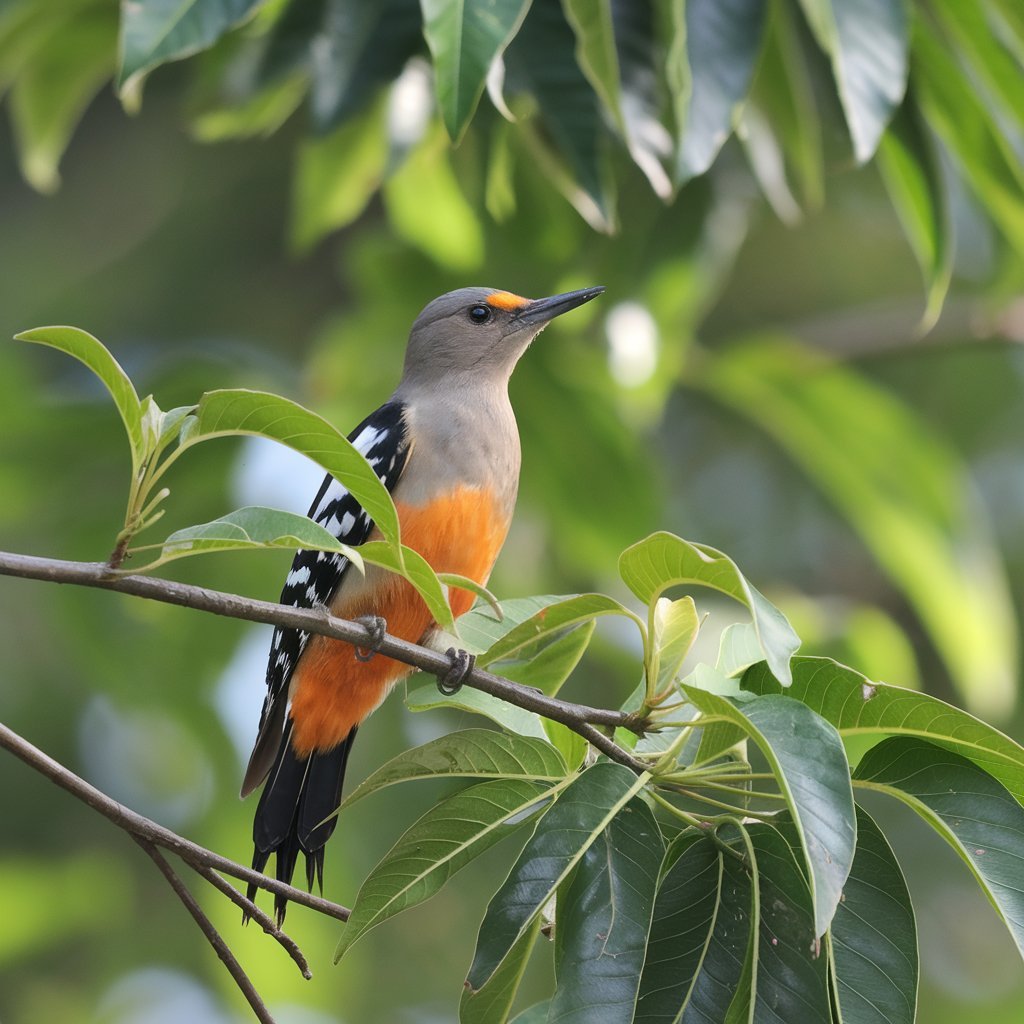
The Orange-bellied Flowerpecker is a tiny bird found in Southeast Asia. As its name suggests, it has a bright orange belly, contrasting with its dark blue-black upper parts. These birds are known for their active and acrobatic feeding behavior.
Orange-bellied Flowerpeckers are found in forests, gardens, and plantations. They feed primarily on small fruits and nectar, playing an important role in seed dispersal and pollination. Their small size and quick movements make them a challenge to spot, but their bright colors make them a rewarding find for patient observers.
11. Flame-colored Tanager (Piranga bidentata)
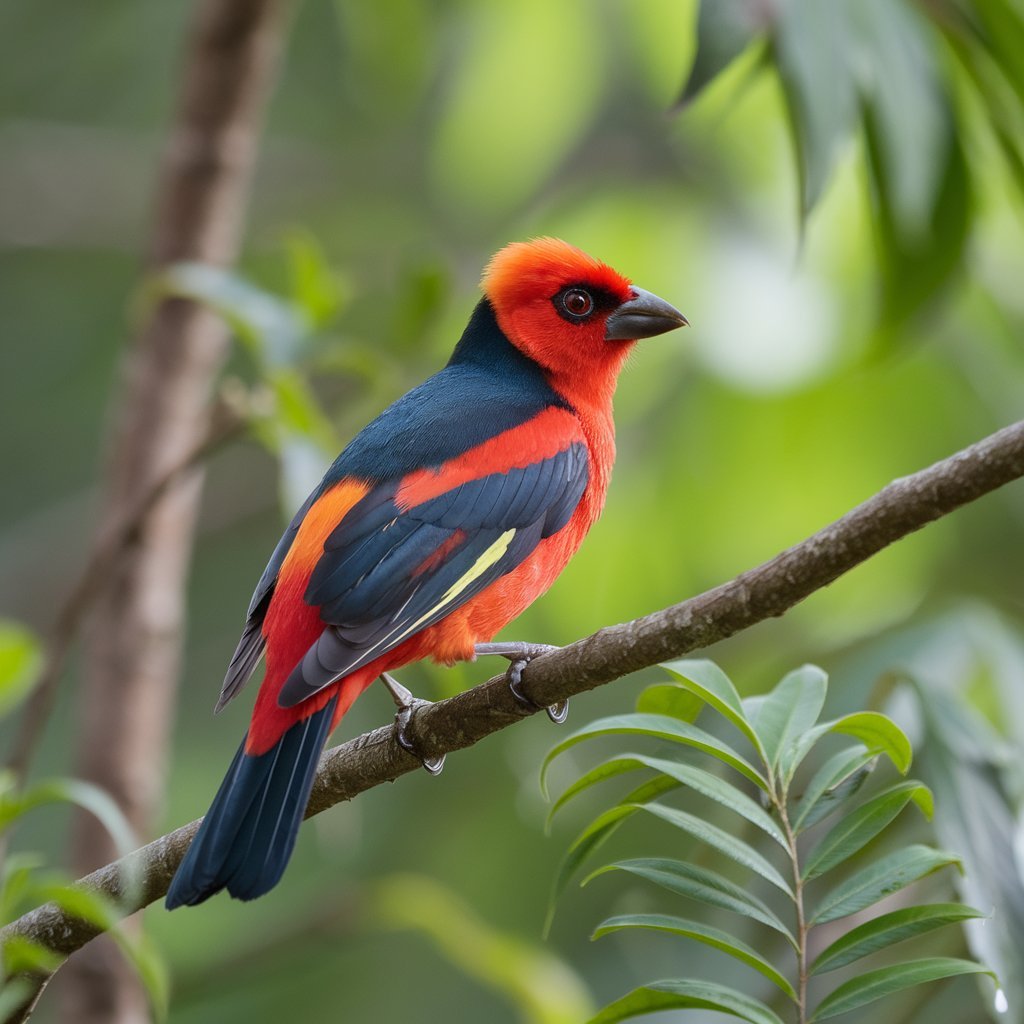
The Flame-colored Tanager is a medium-sized songbird found in Mexico and Central America. Males have a brilliant orange-red plumage covering most of their body, while females are more yellowish-orange. These birds are often found in mountain forests and cloud forests.
Flame-colored Tanagers feed on a variety of fruits and insects. They are known for their melodious songs and are often seen foraging in the canopy of trees. While not as well-known as some other tanager species, their vibrant coloration makes them a standout in their native habitats.
12. Orange-breasted Bunting (Passerina leclancherii)
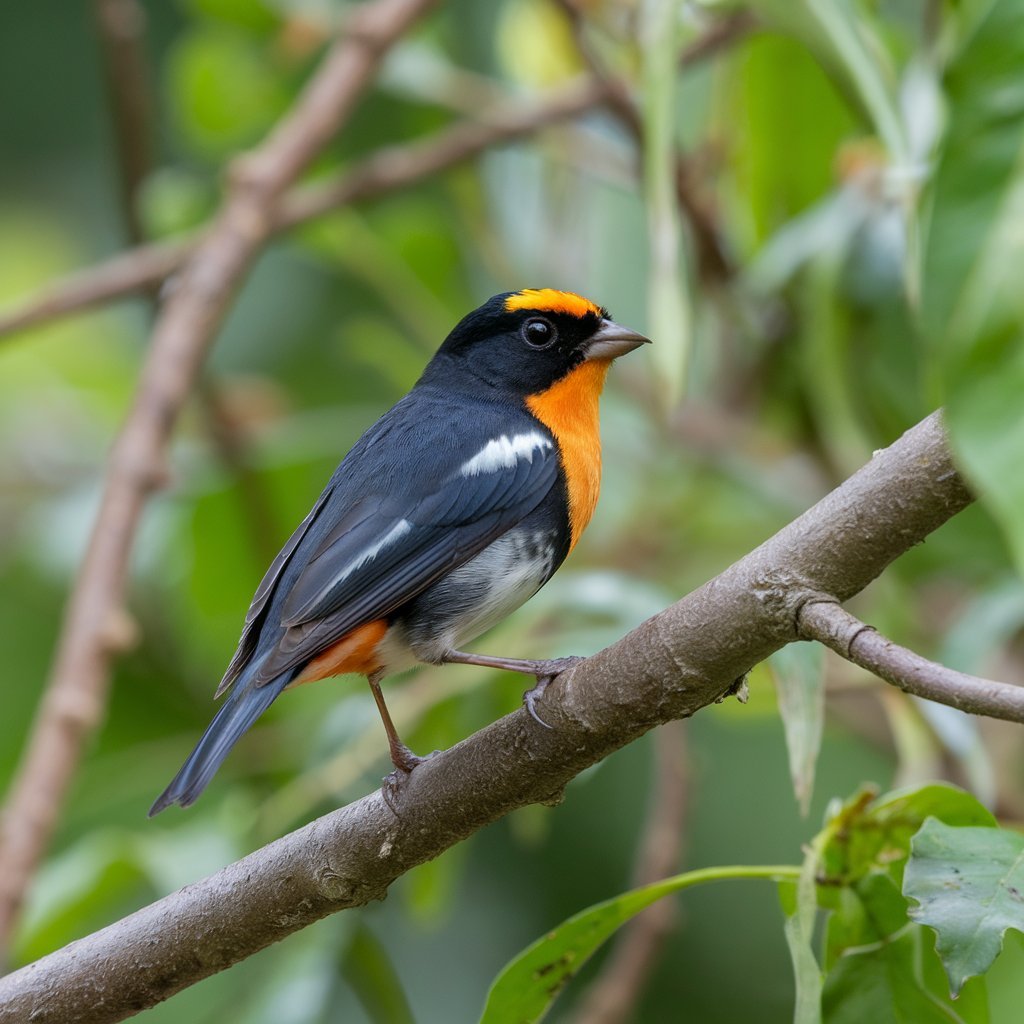
The Orange-breasted Bunting, also known as the Leclancher’s Bunting, is a small songbird endemic to western Mexico. Males have a striking orange breast and belly, with blue-gray upper parts and a distinctive blue crown. Females are more subdued in color but still show a warm orange hue on their underparts.
These buntings prefer dry, scrubby habitats and are often found in thorn forests and arid scrublands. They feed primarily on seeds and small insects. While not widely known outside their range, Orange-breasted Buntings are a prized sighting for birdwatchers visiting western Mexico.
13. Rufous-tailed Weaver (Histurgops ruficauda)
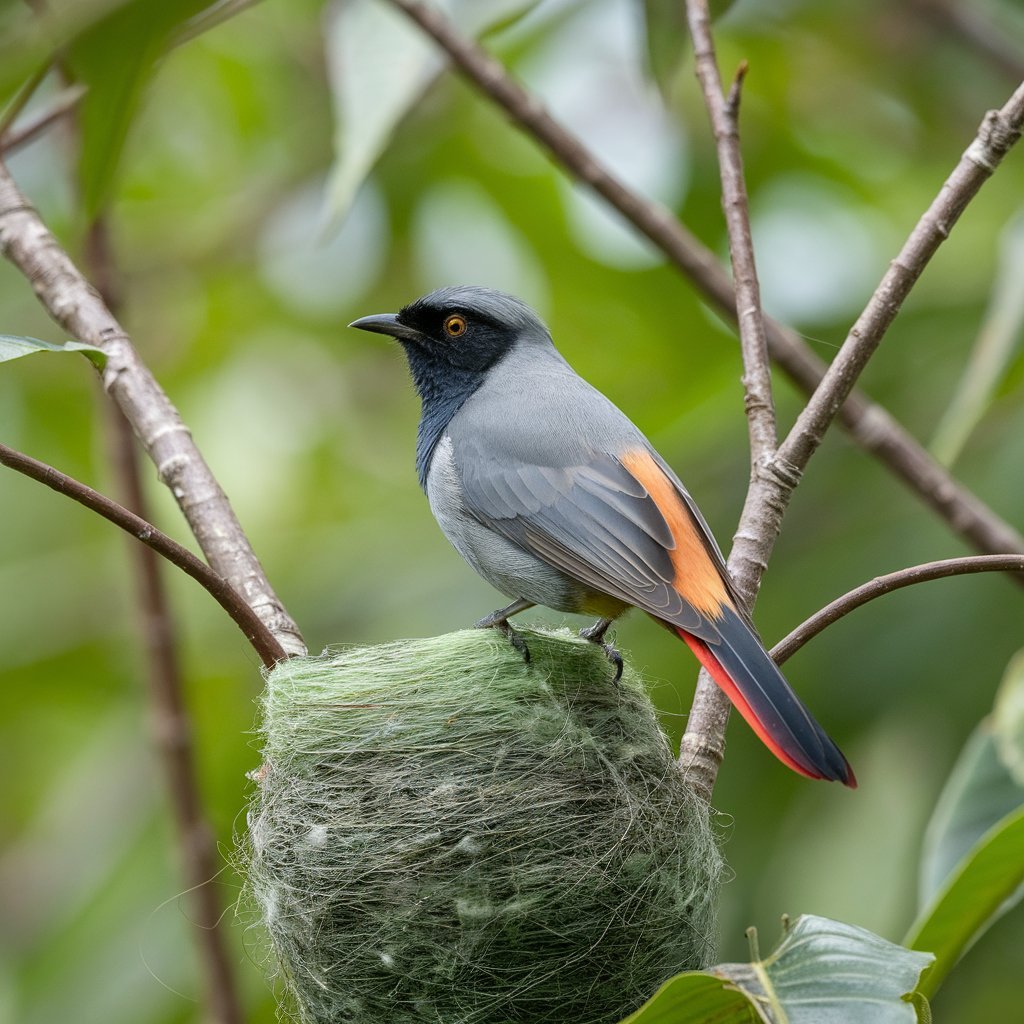
The Rufous-tailed Weaver is a unique bird species found in Tanzania and Kenya. While not entirely orange-bellied, these birds have a distinctive orange-rufous rump and tail, which contrasts with their otherwise grayish-brown plumage. Their underparts often show a warm, orangish tinge.
These weavers are social birds, often found in small flocks. They build large, communal nests that can house multiple pairs. Rufous-tailed Weavers are adaptable and can be found in a variety of habitats, from savannas to agricultural areas. Their unique appearance and nesting habits make them an interesting species for both researchers and birdwatchers.
14. Orange-bellied Euphonia (Euphonia xanthogaster)

The Orange-bellied Euphonia is a small tanager found in Central and South America. Males have a vibrant orange belly and throat, contrasting with their dark blue-black upper parts. Females are more olive-green with a yellowish underside. These birds are known for their sweet, warbling songs.
Orange-bellied Euphonias are fruit eaters, with a particular fondness for mistletoe berries. They play an important role in seed dispersal in tropical forests. These birds are often found in pairs or small family groups, moving through the canopy in search of food.
15. Orange-breasted Sunbird (Anthobaphes violacea)
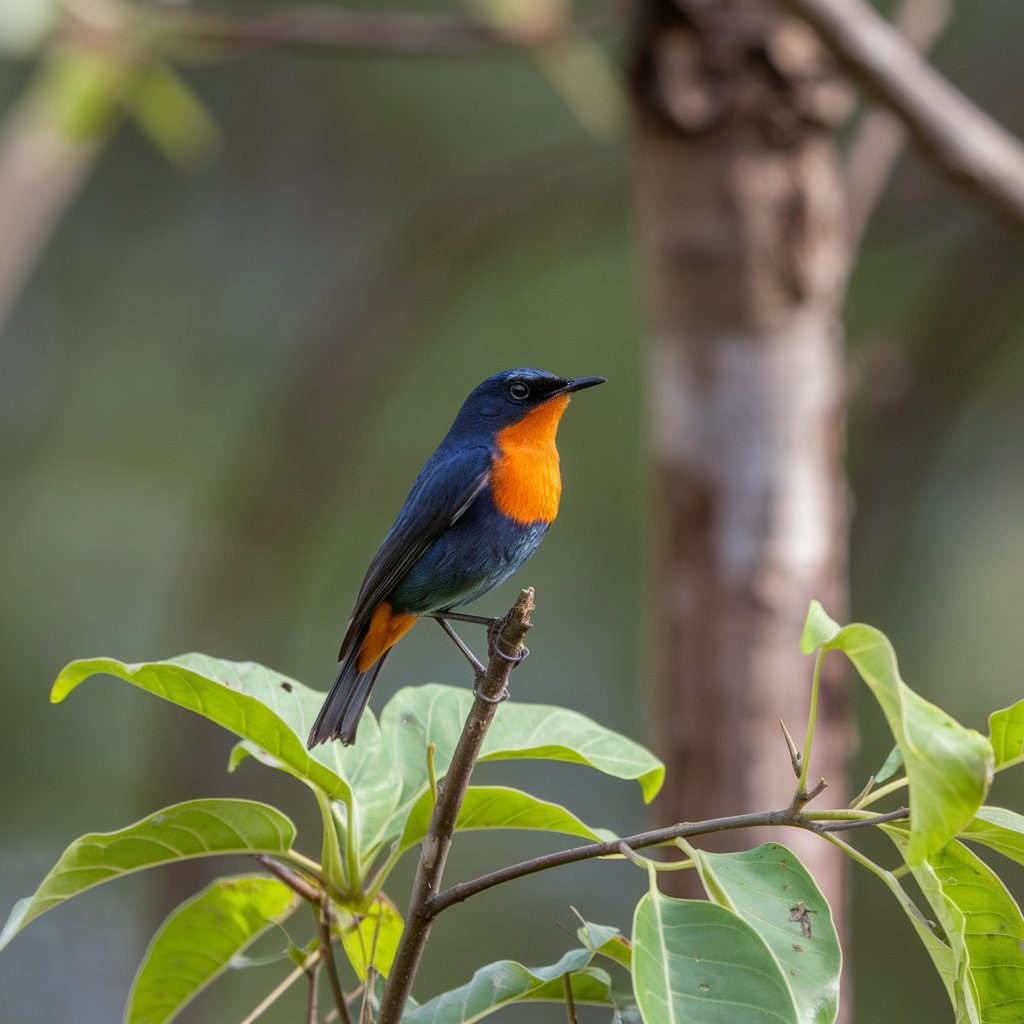
The Orange-breasted Sunbird is a small nectar-feeding bird endemic to the fynbos region of South Africa. Males have a metallic green head and back, with a brilliant orange breast and belly. Females are more subdued in color but still show some orange on their underparts.
These sunbirds are important pollinators in the fynbos ecosystem, feeding on the nectar of proteas and other native plants. They are agile flyers, often hovering like hummingbirds while feeding. The Orange-breasted Sunbird’s dependence on fynbos vegetation makes it vulnerable to habitat loss and climate change.
16. Orange-bellied Trogon (Trogon aurantiiventris)
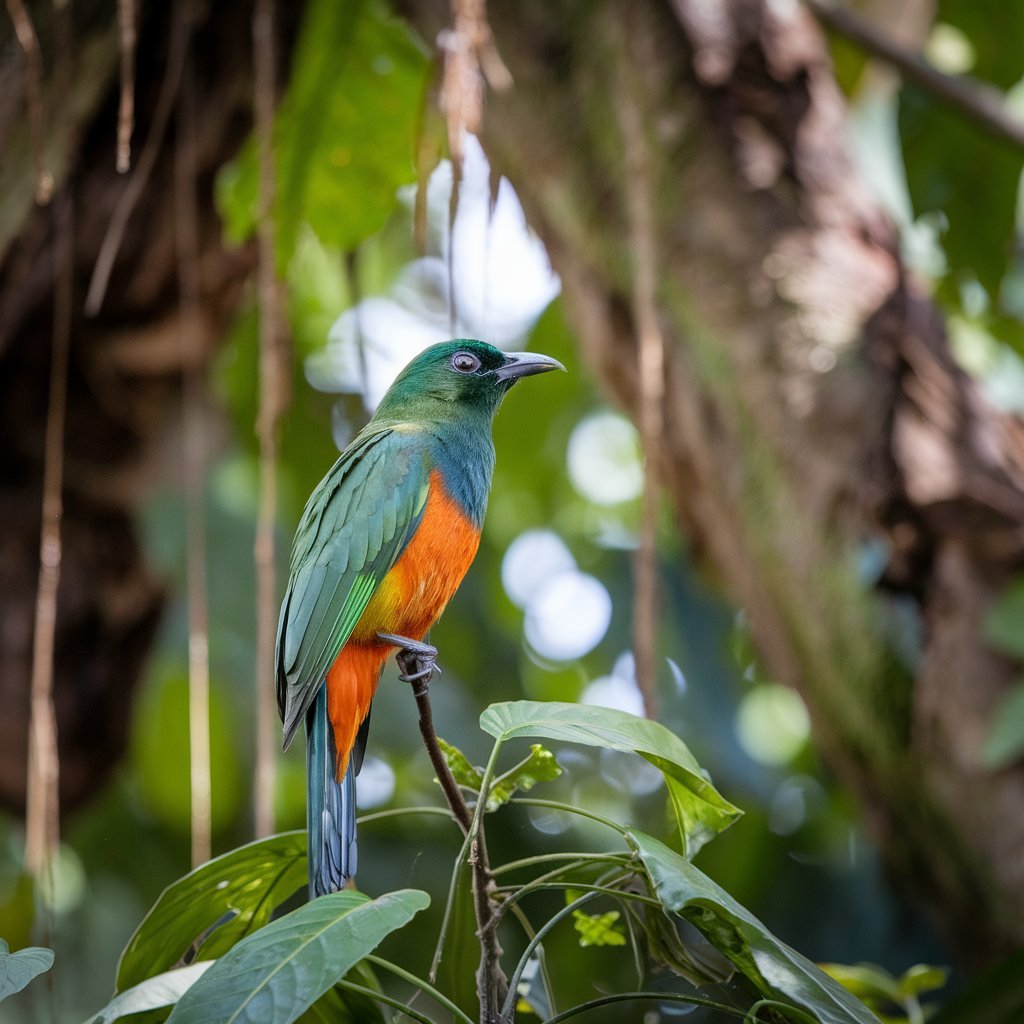
The Orange-bellied Trogon is a stunning bird found in the montane forests of Costa Rica and western Panama. As its name suggests, it has a bright orange belly and lower breast, contrasting with its metallic green back and head. These birds are known for their distinctive calls and striking appearance.
Orange-bellied Trogons are forest dwellers, often perching motionless on branches as they scan for insects and fruits. They nest in tree cavities and play an important role in forest ecosystems as both insect controllers and seed dispersers. Their vibrant colors make them a favorite among birdwatchers visiting Central American cloud forests.
17. Guianan Red-Cotinga (Phoenicircus carnifex)
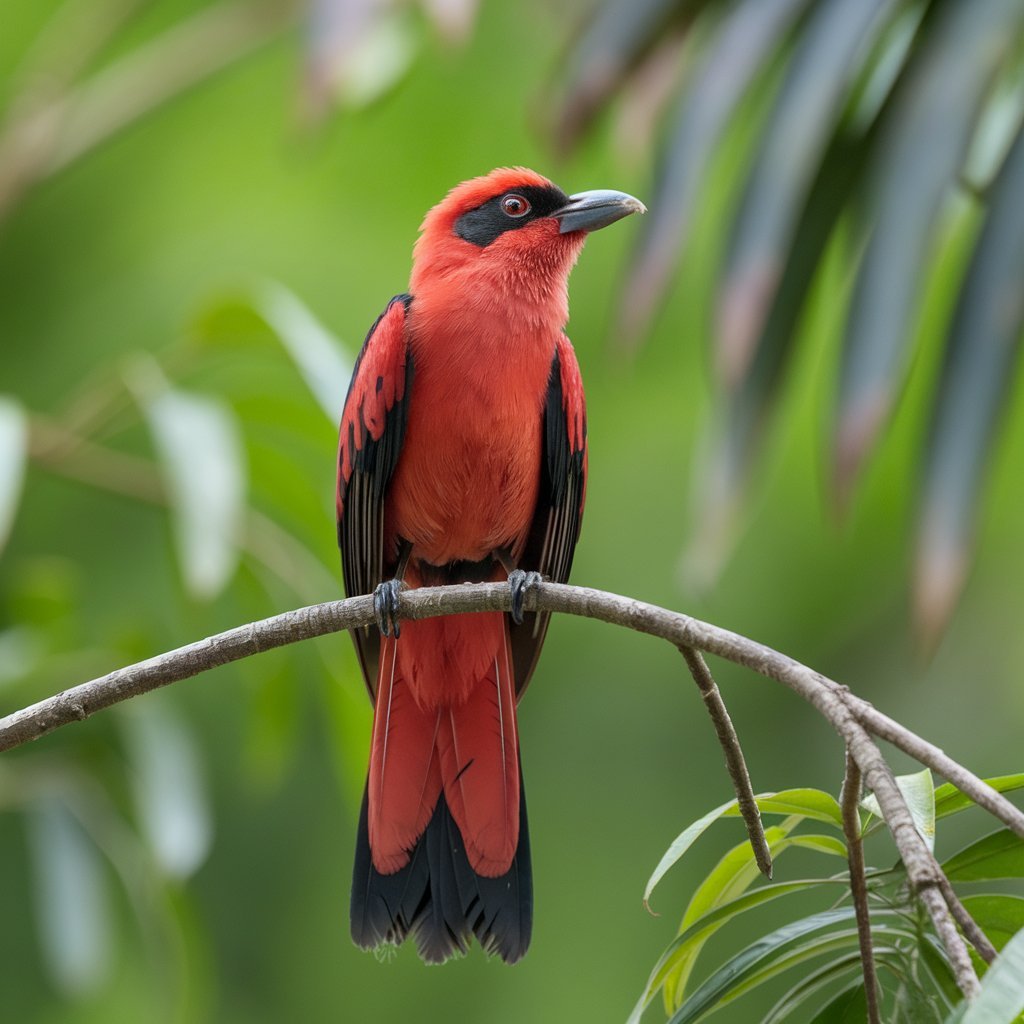
The Guianan Red-Cotinga is a striking bird found in the rainforests of northern South America. While not entirely orange-bellied, these birds have a brilliant red-orange plumage covering most of their body, including their belly. They are known for their unusual appearance and secretive behavior.
These cotingas are frugivores, feeding primarily on berries and other small fruits. They play an important role in seed dispersal within their forest habitats. Despite their bright coloration, Guianan Red-Cotingas can be difficult to spot as they often perch quietly high in the canopy.
18. Orange-breasted Falcon (Falco deiroleucus)
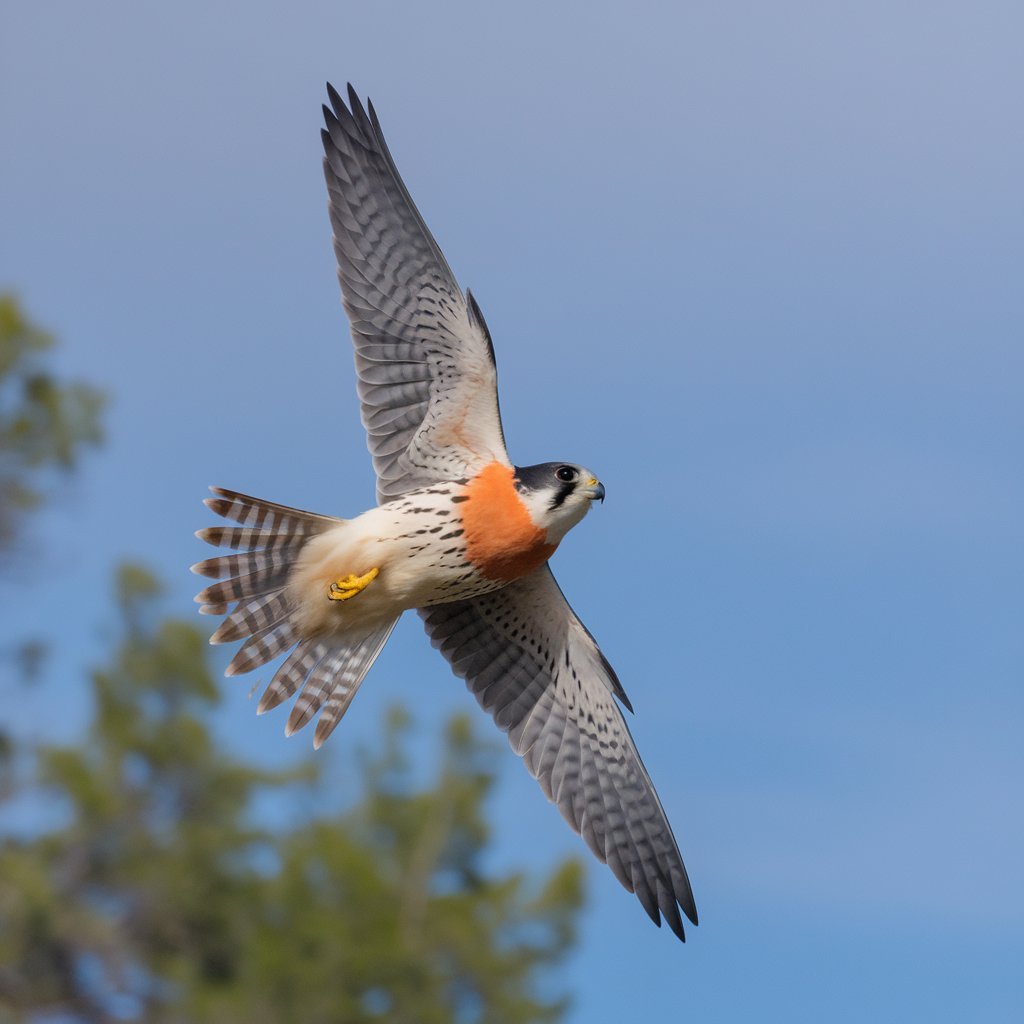
The Orange-breasted Falcon is a rare and powerful raptor found in Central and South America. While not typically considered an “orange-bellied” bird, adults have a distinctive orange-buff breast and belly that sets them apart from other falcon species. These birds are known for their incredible speed and agility in flight.
Orange-breasted Falcons are forest dwellers, often found near cliffs or rocky outcrops where they nest. They feed primarily on other birds, which they catch in spectacular aerial pursuits. Due to habitat loss and other threats, these falcons are considered near-threatened, and conservation efforts are underway to protect their remaining populations.
19. Orange-bellied Manakin (Lepidothrix suavissima)
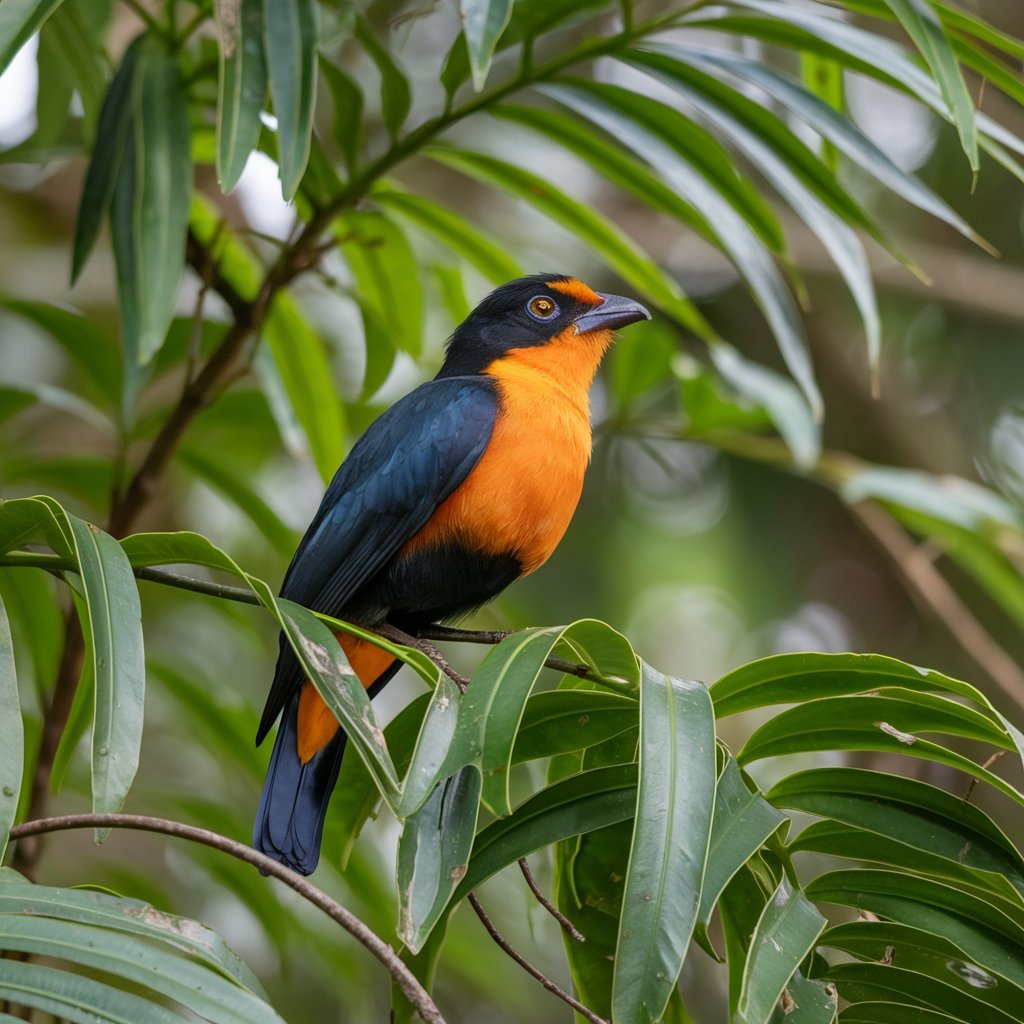
The Orange-bellied Manakin is a small passerine bird found in the Amazon Basin. Males have a bright orange belly and throat, contrasting with their black cap and wings. Females are more olive-green in color. These birds are known for their elaborate courtship displays and unique vocalizations.
Orange-bellied Manakins are fruit eaters, playing an important role in seed dispersal in their forest habitats. Males gather in leks to perform complex dances and vocalizations to attract females. While not well-known outside their range, these manakins are a fascinating example of the diversity and beauty of Amazonian birdlife.
FAQs
What is the purpose of orange coloration in birds?
The orange coloration in birds serves several purposes. Primarily, it acts as a visual signal for mate attraction, with brighter colors often indicating better health and genetic quality. In some species, orange plumage can also serve as camouflage in certain environments, particularly during autumn when leaves change color.
What are some common bird species with orange bellies?
Answer: Some common bird species with orange bellies include the Baltimore Oriole, Bullock’s Oriole, and the Painted Bunting. These birds are known for their vibrant orange plumage, particularly on their bellies and chests14.
Where are birds with orange bellies typically found?
Answer: Birds with orange bellies can be found in various parts of the world, including North America, Central America, and parts of Asia. They inhabit a range of environments, from open woodlands to tropical and subtropical regions14.
Do all birds with orange bellies migrate?
Answer: Not all birds with orange bellies migrate. While some species, like the Baltimore Oriole and Bullock’s Oriole, are known to migrate to Central America for overwintering, others are year-round residents in their habitats

Hello, I’m Emily Price, the founder of Birds Affection. As a passionate bird enthusiast and spiritual seeker, I’ve always been fascinated by the symbolic meanings and mystical connections between birds and our lives. On this website, I share my knowledge and insights on the spiritual significance of various bird species, exploring their roles as messengers, guides, and teachers. Through my writing, I aim to inspire and educate others on the profound wisdom and beauty that birds bring to our world. Join me on this journey as we delve into the enchanting realm of bird symbolism and discover the hidden meanings behind these magnificent creatures.


